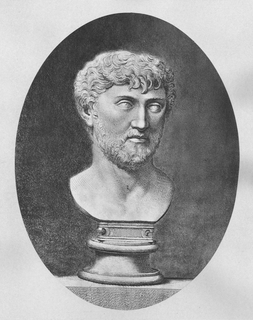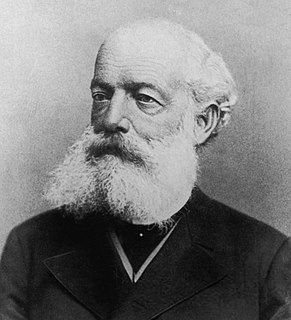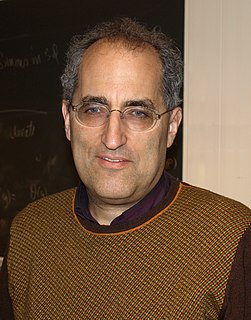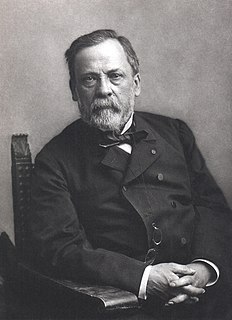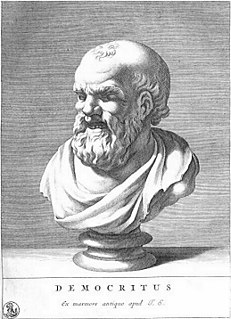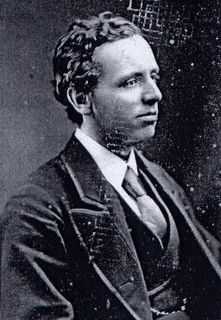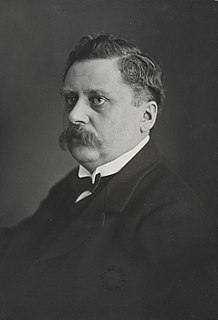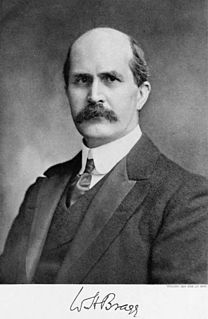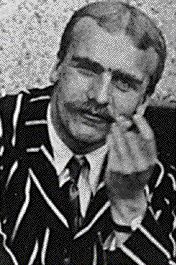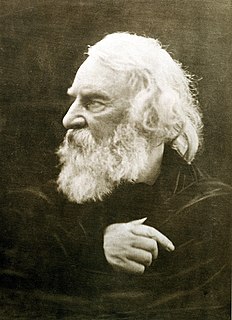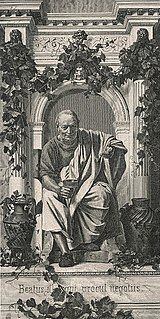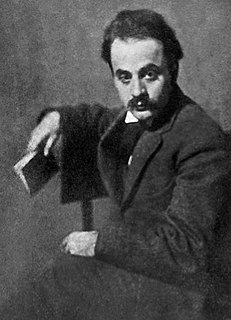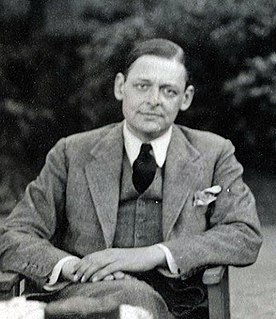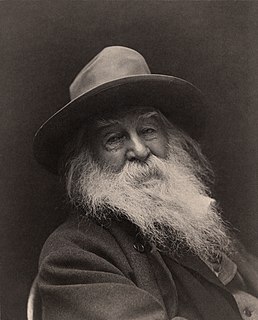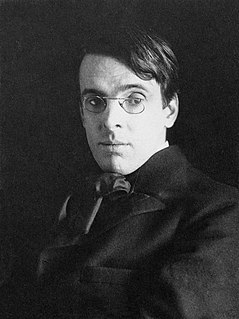A Quote by Lucretius
Certainly it was no design of the atoms to place themselves in a particular order, nor did they decide what motions each should have. But atoms were struck with blows in many ways and carried along by their own weight from infinite times up to the present.
Related Quotes
Certainly it was no design of the atoms to place themselves in a particular order, nor did they decide what motions each should have. But atoms were struck with blows in many ways and carried along by their own weight from infinite times up to the present. They have been accustomed to move and to meet in all manner of ways. For this reason, it came to pass that being spread abroad through a vast time and trying every sort of combination and motion, at length those come together that produce great things, like earth and sea and sky and the generation of living creatures.
It was certainly not by design that the particles fell into order, they did not work out what they were going to do, but because many of them by many chances struck one another in the course of infinite time and encountered every possible form and movement, that they found at last the disposition they have, and that is how the universe was created.
The question whether atoms exist or not... belongs rather to metaphysics. In chemistry we have only to decide whether the assumption of atoms is an hypothesis adapted to the explanation of chemical phenomena... whether a further development of the atomic hypothesis promises to advance our knowledge of the mechanism of chemical phenomena... I rather expect that we shall some day find, for what we now call atoms, a mathematico-mechanical explanation, which will render an account of atomic weight, of atomicity, and of numerous other properties of the so-called atoms.
Are the atoms of the dextroacid (tartaric) grouped in the spirals of a right-hand helix or situated at the angles of an irregular tetrahedron, or arranged in such or such particular unsymmetrical fashion? We are unable to reply to these questions. But there can be no reason for doubting that the grouping of the atoms has an unsymmetrical arrangement with a non-superimposable image. It is not less certain that the atoms of the laevo-acid realize precisely an unsymmetrical arrangement of the inverse of the above.
Moving in space, the atoms originally were individual units, but inevitable they began to collide with each other, and in cases where their shapes were such as to permit them to interlock, they began to form clusters. Water, air, fire, and earth, these are simply different clusters of the changeless atoms.
It seems to me immensely unlikely that mind is a mere by-product of matter. For if my mental processes are determined wholly by the motions of atoms in my brain I have no reason to suppose that my beliefs are true. They may be sound chemically, but that does not make them sound logically. And hence I have no reason for supposing my brain to be composed of atoms.
